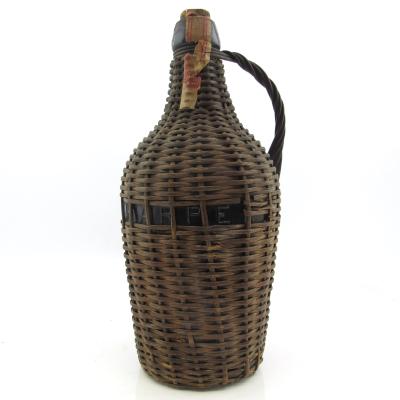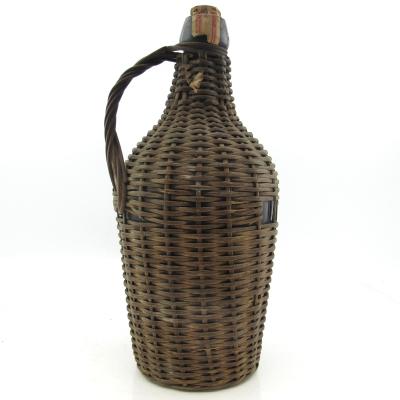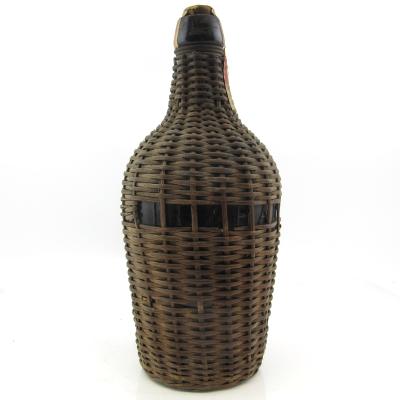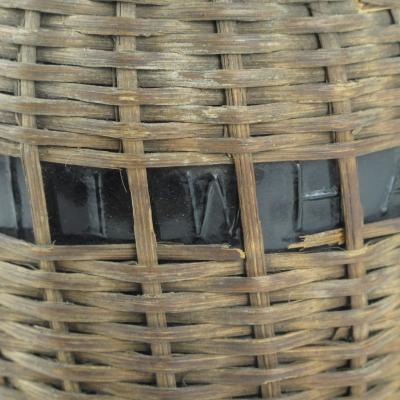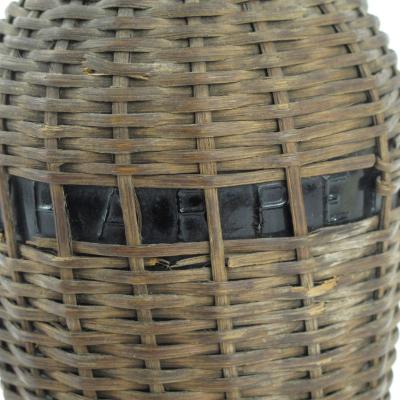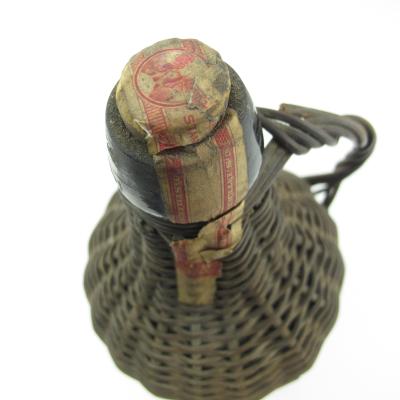Bidding advice
You can place bids either under the lot image on the main auction page or on the right side of the individual lot page.
Placing a Maximum Bid
Use the "Set your bid limit" button on the left side of the bidding panel to enter the highest amount you're willing to bid on a lot. Our system will then automatically raise your bid in set increments if you’re outbid, up to your maximum. If someone bids above your set limit, we’ll notify you by email so you can choose whether to increase your bid.
Placing a Single Bid
Alternatively, place a single bid by selecting the button on the right side of the bidding panel. The button displays the amount needed for the next increment. For example, if the current highest bid is £50.00, the button will show "+ £55.00" (reflecting a £5.00 increment).
Incremental Bidding Explained
Our system increases bids based on preset increments, as shown in the table below, whether you set a maximum bid or make a single bid.
Bottle Details
I.W. Harper Carboy Bottle circa 1880s
The I.W. prefix in this whiskey's name derives from Isaac Wolfe Bernheim, who founded the brand. With his brother he helped establish Louisville in Kentucky as a centre for Bourbon production. Sadly, he felt Harper was a more marketable name than his own to apply to the bottles.
Despite having been taxed in the US at some point in the 1930s or 1940s, this is certainly much older than that. An I.W. Harper promotional poster used by then-owners of the brand, Schenley in 1963, dated the use of this bottle to the 1880s. It is known as a 'Carboy,' a type of wicker-clad demijohn which took its name from the Persian word qarābah, meaning \"big jug.\"
The Bernheim brothers were whisky \"rectifiers\" at this point in time. This means that they did not actually distil whisky themselves, but produced it by blending barrels they had procured with grain neutral spirits and often flavourings. The profitability of this provoked much ire from legitimate distillers, and the Bottled in Bond act of 1897, spearheaded by EH Taylor Jr eventually put an end to the practice. The Bernheim's and other rectifiers like WL Weller and Sons would go on to become some of Kentucky's greatest producers of bourbon, despite their opposition to the bill.
In the days of the rectifying business, the 'whiskey' was kept in barrel in shops, and customers could bring anything from a small cup, to a larger jug such as this to be filled. The Bernheim brothers were a professional outfit with an early eye for strong branding, and they likely produced these reusable bottles for their clients.
As a result of this, it is impossible to ascertain what is in this bottle, or if it is even whiskey. As such this is offered at auction as a collectible item only. We refer to I.W. Harper only by the inscription on the glass, and it should be recognised that we are in no way describing the contents as such.
Auction results
To view previous auction results of your favourite bottles, please log in or register.
Frequently asked questions
You will always be shown as an anonymous bidder when using Whisky Auctioneer.
When browsing the bidding history on a specific lot, the list of recent bidders is shown as 'anonymised bidders' with the exception of any bids placed through your account - which would appear as your username.
When logged into your account your bids are shown with your username, however, other users are not able to see this and you will appear as an 'anonymised bidder'.
User information/identity will never be revealed in the bidding process. We take user data and information protection very seriously at Whisky Auctioneer.
